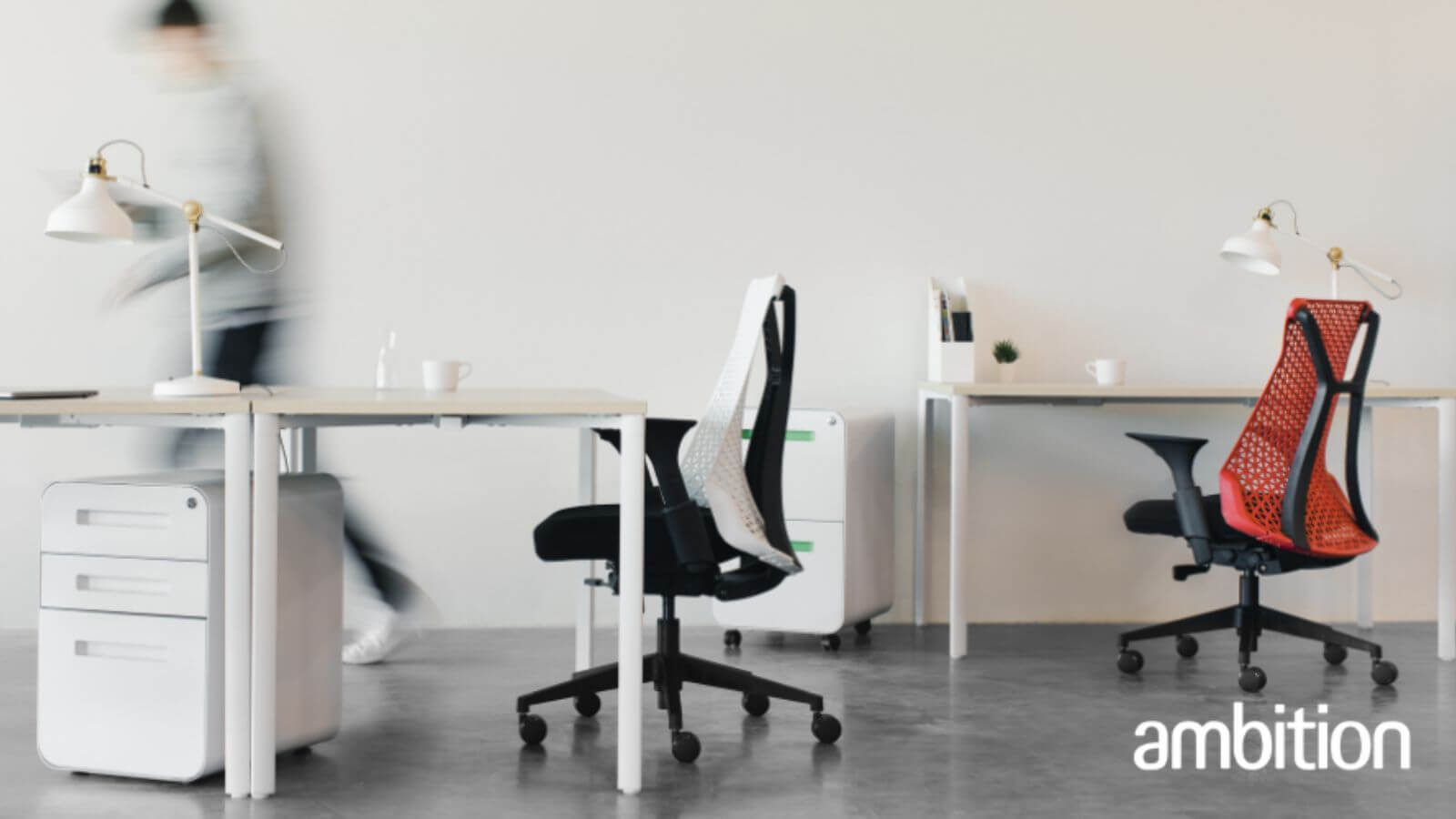Career insights with Ambition podcast
The podcast that dives deep into the defining moments of influential business leaders across technology, accounting and finance.

The podcast that dives deep into the defining moments of influential business leaders across technology, accounting and finance.

The podcast that dives deep into the defining moments of influential business leaders across technology, accounting and finance.

The podcast that dives deep into the defining moments of influential business leaders across technology, accounting and finance.



Sick leave has returned with a vengeance as we have recently ventured out of isolation and into the depths of winter, with many also returning to their workplaces under a hybrid or permanent basis. Covid is making its rounds again and the common cold and flu are running rampant, showing a 50% increase in sick leave last month versus the long-term average. However, we’re noticing a change in how people are perceiving sick leave, both from an employee and employer perspective.

In the pre-pandemic work world, sick leave was clear and easy to identify.
We fell ill, and we took the day off to rest and recover. Something worse meant a trip to the doctors for some insight and evidence of any ongoing need to be absent from work.
Data indicates the early part of the week would see significantly more sick leave taken - perhaps a result of sharing the weekend (and germs) with family and friends, or the more quintessentially Australian reasons of a dodgy sausage at a barbie or the good old bludge.
We knew what sick leave was, organisations accrued for it, and we used it to rest and recover to remain at our most productive.
Fast forward to our post-pandemic reality and the lines become blurred.
The range of ways to fall ill seems to have increased with the demands and pressures of our daily lives, yet the ability to rest and recover has evaporated thanks to our hyper connection to work and the outside world.
As we know, COVID has not entirely left our lives and looks set to continue to disrupt our work and health for a while to come, especially since:
•the recent cold snap has revealed the fragility of our immunity after 2 years of sanitisation and isolation,
•the pressure of the cost of living and inflation has added to the stress for all but a few and
•families are under more pressure as childcare centres are less willing to tolerate children with cold symptoms, which seems to be most kids most of the time in our experience.
Our remote access tools, which were once the saviour during the pandemic, now mean we can continue working even though we aren’t fit to be in the office. This appears to be the catalyst for an upward spiral in both physical and mental health issues, as employees who are anxious to remain contributors, work through health issues that would once have sidelined them for rest.
Put simply, people are taking longer to recover as they aren’t resting and continuing to work intermittently instead. This doesn’t feel like progress.
There are several things employees and employers are able to do to recalibrate sickness and wellbeing in the post-pandemic era.
Acknowledging when you’re too sick to work effectively
It’s time to get back to the good faith arrangement of our pre-pandemic working relationships. An employee has a sick leave entitlement based on the legislated ruling of the state authority that is calculated, with sufficient leave for temporary illness and recovery in mind. We must revert to a system where employees who are sick are encouraged not only to not come to the workplace but not to log on and work remotely when ill.
Switching off
Employees can help themselves by having a clear and open dialogue with line managers about sickness, properly estimating sickness levels (i.e., is this a mild cold that would be antisocial to expose others to, or something more serious that requires rest), and taking the initiative for their own rest by using tools like out of office or communicating time out to colleagues via platforms like Microsoft Teams or Slack.
Just as importantly, employers play a part in how sick leave functions within and affects the business.
Sufficient resourcing
Ensuring optimal team sizing has an immense effect on the overall morale and productivity of its members. Understandably it’s a difficult balance to achieve, especially with a new way of operating post-pandemic, but a too lean team will inevitably be exposed to a higher likelihood of general wellbeing issues which will inevitably impact overall health and sick leave.
High levels of stress produce high levels of cortisol, a well-known immune blocker. A good rule of thumb is to add the total annual and sick leave entitlements for the whole team and allocate a resource to that value. For example, a team of 8 will have 20 days of annual leave and 10 days of sick leave, which is a total of 240 working days or approximately 1 additional team member.
Trust is the key
As the thinking has always gone, those who take advantage of the system are the problem, not the system itself. There is such a thing as sick leave abuse for employers who feel team members are “gaming” sick leave entitlements. For those who need leave, it's critical to trust this leave is something that benefits everyone in the long term. Trusted, valued employees who are given the space to take care of their wellbeing feel more safe, secure, and engaged in their roles and are significantly more likely to be productive, long-term performers as a result.
Respecting their leave
Refrain from bombarding sick employees with notifications and have protocols to switch off and hand over to teammates. Discourage them from being online when sick. Does your culture lionise or criticise those who work sick? Does your leadership team effectively role model self-care?
Could a new wellbeing leave allocation, where employees are encouraged to take time to do things that maintain and support good general health be adopted and help reduce dependence on the traditional sick leave system?
A recent survey of more than 1,500 Australian workers found that:
-80% wanted more resources and initiatives to address health in the workplace and
-1 in 3 wanted their employers to introduce workplace wellbeing programs.
As an example, organisations like Lendlease and HSBC offer 3-4 wellbeing days annually, days designed to be about spending time investing in preventative care, nutrition consultations, and general preventative health check-ups.
We have also seen the emergence of “doona days” in many Australian organisations where employees are encouraged to take occasional long weekends or recovery days are unilaterally reported to have successful outcomes across engagement, health, and wellbeing metrics.
Having a team at their best requires them to be at their most engaged and healthy. Rather than luck, it takes work and investment, and perhaps a change in thinking as we continue to navigate the post-pandemic workplace of the future.
If you would like to discuss employee engagement within your business or hiring trends, please contact the team today.